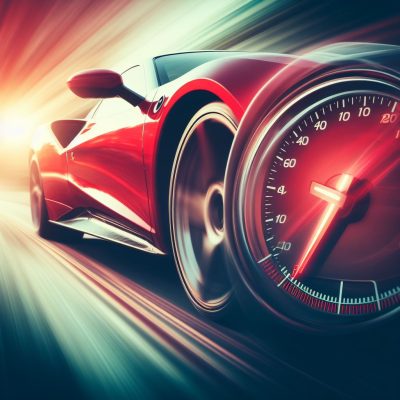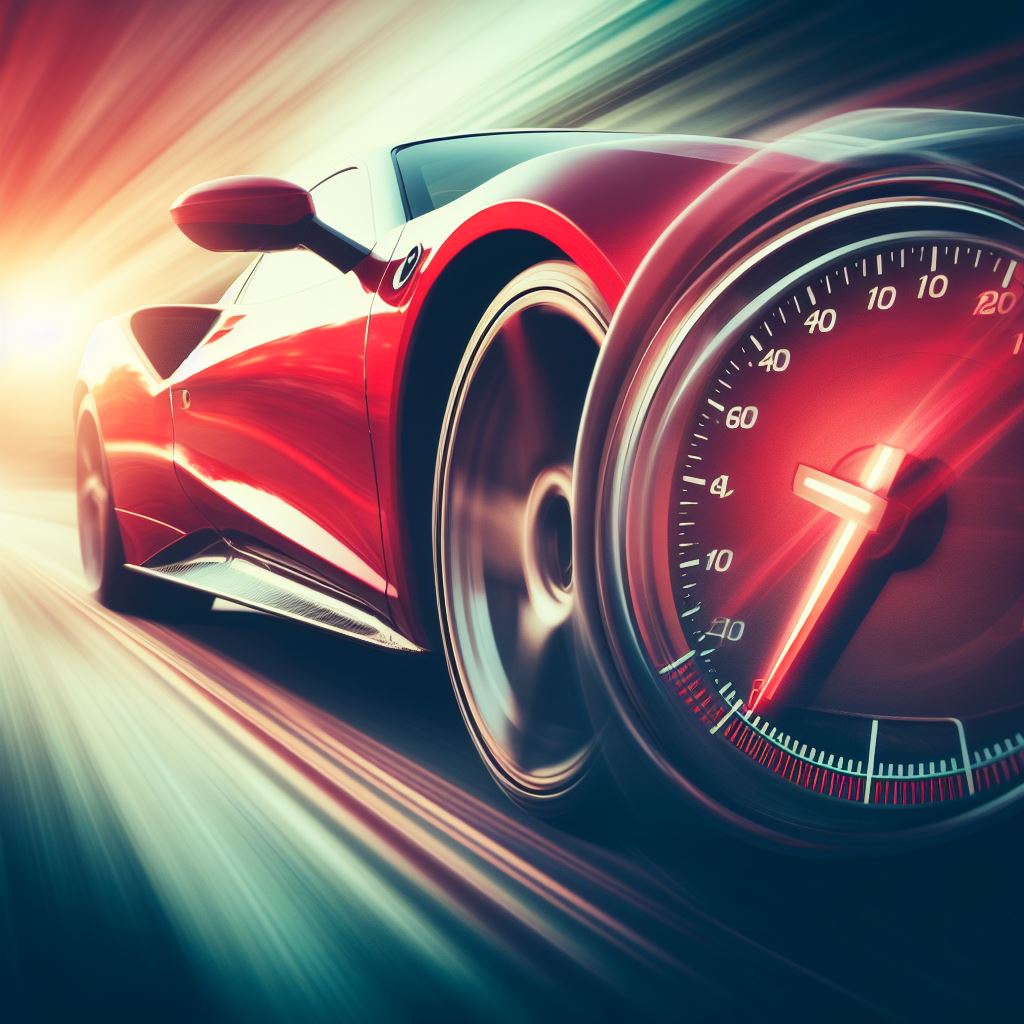When it comes to automotive performance, one term stands out as the heartbeat of power and speed: RPM, or revolutions per minute. Whether you’re a car enthusiast or simply a driver who appreciates a smooth ride, understanding the role of RPM in your vehicle’s performance is essential. In this article, we’ll take you on a journey into the world of car performance, exploring what’s RPM and how it influences acceleration, power delivery, and the overall driving experience. Buckle up as we dive deep into the power of RPM and its impact on the road.
Key Takeaways
- RPM is crucial in manual transmission cars as it indicates when to change gears for different speeds.
- Following RPM readings can save the engine and gearbox from damage and ensure smooth speed changes.
- Maintaining the correct engine RPM can drive the car more economically by reducing fuel consumption.
- RPM affects the car’s power and acceleration, as higher RPM increases the kinetic energy transferred to the wheels.
The Basics of RPM: Understanding Revolutions Per Minute
In the realm of car performance, a thorough understanding of RPM, including the precise number of revolutions per minute, is crucial for optimizing engine power and fuel efficiency. RPM stands for Revolutions Per Minute and measures the number of rotations taken by the crankshaft per minute.
An RPM gauge contains numbers that denote 1,000 rpm, and a higher RPM indicates higher speed or power produced by the engine. RPM is especially important in cars with manual transmission, as it indicates when to change gears for different speeds. By following RPM readings, drivers can save the engine and gearbox from damage and achieve smooth speed changes.
Moreover, RPM affects fuel consumption, as lower RPM means less fuel consumption. By maintaining the correct engine RPM, drivers can drive the car more economically. In automatic cars, the vehicle manages RPM to maximize performance and fuel efficiency.

The Significance of RPM in Car Performance
Maximizing performance and efficiency, RPM plays a pivotal role in determining a car’s power and acceleration.
RPM, or Revolutions Per Minute, measures the number of rotations taken by the crankshaft per minute. It is crucial in cars with manual transmission, as it indicates when to change gears for different speeds. Following RPM readings can save the engine and gearbox from damage and help achieve smooth speed changes.
Additionally, RPM affects fuel consumption, with lower RPM resulting in less fuel consumption. Maintaining the correct engine RPM can drive the car more economically.
In automatic cars, RPM is managed by the vehicle itself to maximize performance and fuel efficiency.
Understanding and managing RPM is essential for unlocking the secrets of car performance and achieving optimal power and acceleration.
How RPM Affects Fuel Consumption in Cars
Analyzing the relationship between RPM and fuel consumption in cars reveals the significant impact of engine speed on the efficient utilization of fuel resources.
RPM, or Revolutions Per Minute, is a crucial factor in determining how efficiently a car uses fuel. It is well-known that lower RPM results in lower fuel consumption, making it important to maintain the correct engine RPM for optimal fuel efficiency.
By keeping the engine speed at an appropriate level, drivers can drive their cars more economically and save on fuel costs. On the other hand, higher RPM increases the kinetic energy transferred to the wheels, impacting the car’s power and acceleration.
Understanding the relationship between RPM and fuel consumption is essential for both manual and automatic cars, as it helps in determining when to change gears and maximize performance and fuel efficiency.
The Role of RPM in Manual Transmission Cars
One must understand the significance of RPM in manual transmission cars as it directly influences gear shifting and overall performance.
RPM, or Revolutions Per Minute, measures the number of rotations taken by the crankshaft per minute. In cars with manual transmission, RPM plays a crucial role in indicating when to change gears for different speeds. By following the RPM readings, one can save the engine and gearbox from damage and achieve smooth speed changes.
Additionally, RPM affects fuel consumption, with lower RPM resulting in less fuel consumption. Maintaining the correct engine RPM can drive the car more economically.
Moreover, RPM impacts the car’s power and acceleration, as higher RPM increases the kinetic energy transferred to the wheels. In automatic cars, RPM is managed by the vehicle itself to maximize performance and fuel efficiency.
Understanding and utilizing the role of RPM in manual transmission cars is essential for optimizing driving experience and vehicle maintenance.
Optimizing RPM for Consistent and Long-Term Car Performance
To achieve consistent and long-term car performance, it is essential to understand and optimize the RPM’s impact on the vehicle’s overall efficiency and longevity.
RPM, or Revolutions Per Minute, measures the number of rotations taken by the crankshaft per minute. It plays a crucial role in determining when to change gears in cars with manual transmission, helping to prevent damage to the engine and gearbox.
By following RPM readings, drivers can achieve smooth speed changes and improve fuel consumption. Lower RPM results in less fuel consumption, making it important to maintain the correct engine RPM for economical driving.
Additionally, RPM affects the car’s power and acceleration, with higher RPM transferring more kinetic energy to the wheels.
While RPM management is automated in automatic cars, understanding and optimizing RPM remains essential for consistent and long-term car performance.
Managing RPM in Automatic Cars for Performance and Efficiency
The management of RPM in automatic cars is crucial for optimizing their performance and efficiency.
RPM, or Revolutions Per Minute, is a key factor in understanding the engine’s performance and fuel consumption.
In manual cars, drivers use RPM to determine when to change gears for different speeds, ensuring smooth speed changes and preventing engine and gearbox damage.
However, in automatic cars, the RPM is managed by the vehicle itself to maximize performance and fuel efficiency.
By automatically adjusting the RPM based on driving conditions, automatic cars can deliver the right amount of power to the wheels without wasting fuel.
This allows for a more efficient and seamless driving experience.
The management of RPM in automatic cars is therefore essential for achieving optimal performance and efficiency on the road.
Exploring the Impact of RPM on Power and Acceleration
RPM plays a pivotal role in determining the power and acceleration of a vehicle. It is a crucial factor in cars with manual transmission, as it indicates when to change gears for different speeds. By following RPM readings, drivers can save the engine and gearbox from damage and achieve smooth speed changes.
In addition, RPM affects fuel consumption in a vehicle. Lower RPM results in less fuel consumption, making it more economical. On the other hand, higher RPM increases the kinetic energy transferred to the wheels, impacting the car’s power and acceleration.
While RPM is essential in manual cars, automatic cars manage RPM themselves to maximize performance and fuel efficiency.
Overall, understanding and managing RPM is key to unlocking a vehicle’s true potential.
Unlocking the Secrets of Car Performance: RPM and Beyond
Exploring the impact of engine tuning and aerodynamics on car performance goes beyond solely focusing on RPM.
While RPM is an important factor in determining a car’s power and acceleration, other aspects also play a crucial role.
Engine tuning, for instance, involves optimizing the engine’s performance by adjusting various components such as air intake, fuel injection, and exhaust systems. These modifications can greatly enhance a car’s power output and overall performance.
Additionally, aerodynamics plays a significant role in improving a vehicle’s efficiency and stability. By reducing drag and optimizing airflow, manufacturers can achieve better fuel economy and higher top speeds.
Therefore, to truly unlock the secrets of car performance, it is essential to consider not only RPM but also factors such as engine tuning and aerodynamics.
Conclusion
In conclusion, understanding the power of RPM is essential for unlocking the secrets of car performance. RPM serves as a crucial indicator for gear changes, fuel consumption, and overall engine efficiency.
By optimizing RPM and managing it effectively, drivers can enhance their driving experiences and make informed maintenance decisions. The multifaceted relationship between RPM and car performance holds the key to unleashing a vehicle’s true potential.
